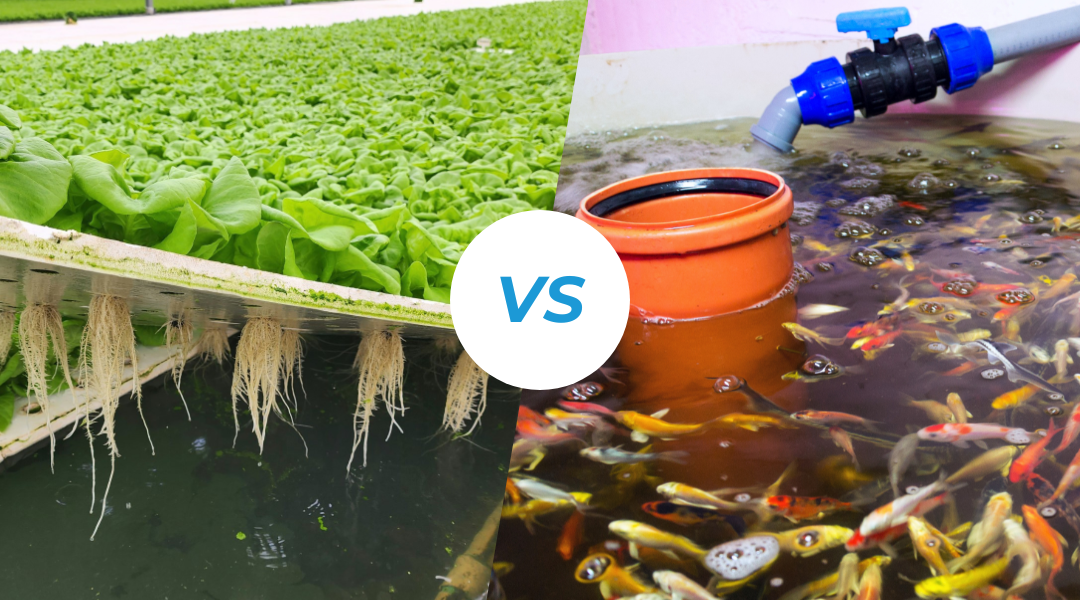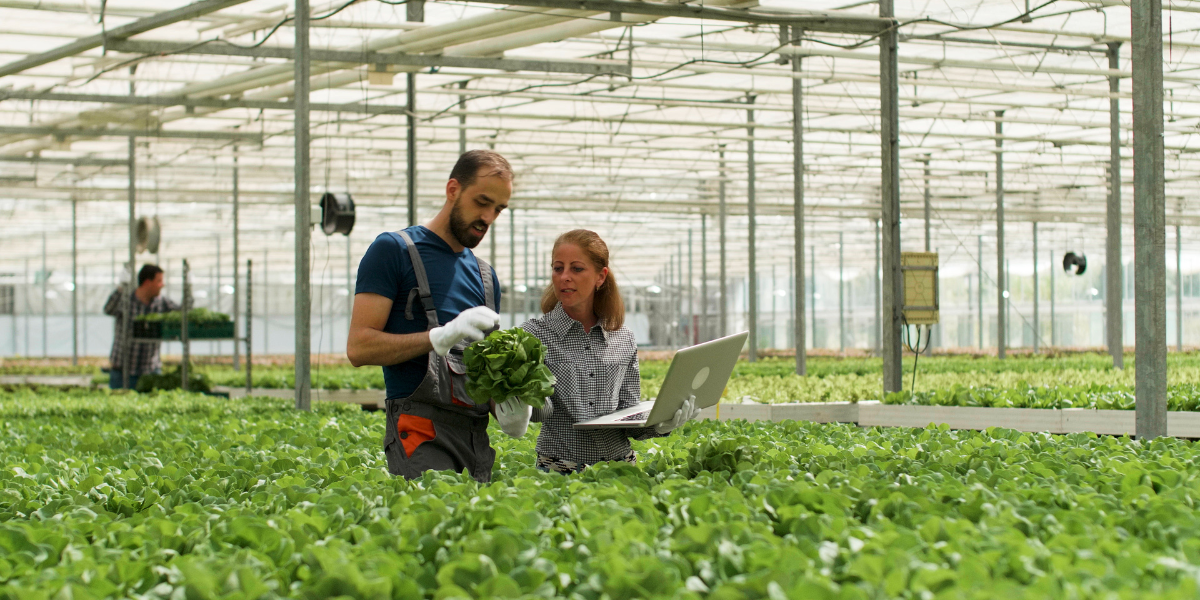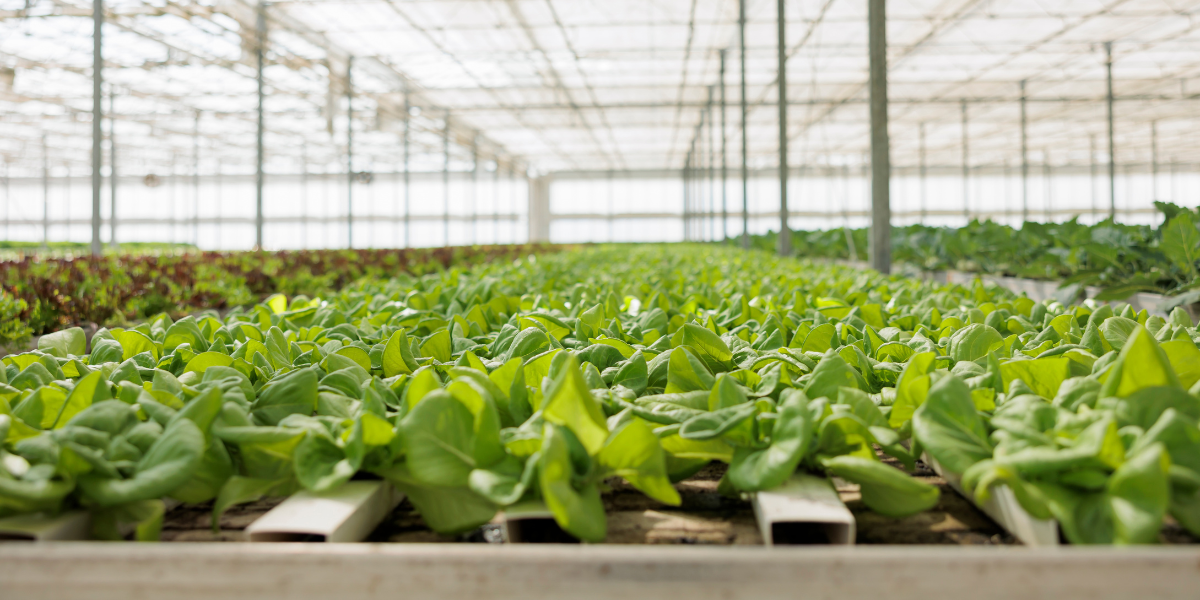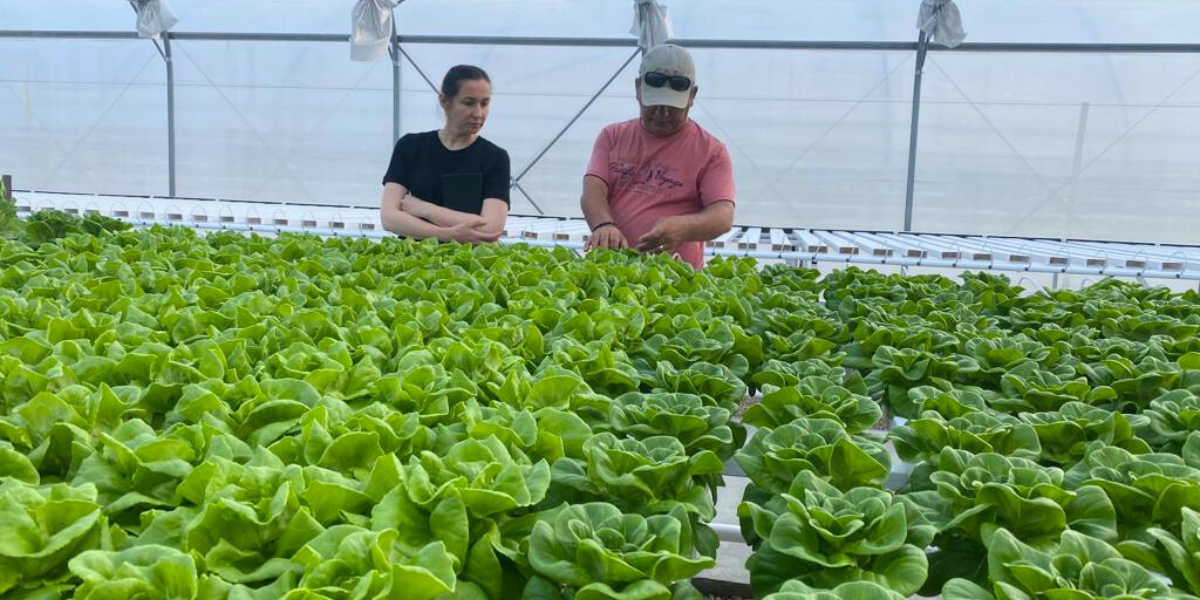Sustainable farming techniques have become increasingly popular in today’s agricultural landscape. Among the alternative cultivation systems, two methods have gained considerable attention: aquaponics and hydroponics. Often, these two systems are mistaken for the same thing, and it’s easy to see why. With “hydro” and “aqua” both meaning water, it’s not a leap to believe the names are interchangeable. However, despite the similarity in name, these two systems are completely unique from one another. So, what are the differences between aquaponics vs hydroponics? Let’s discuss!
How do Hydroponics Help Keep Food Safe?
Find Out Here!
Understanding the Basics: Aquaponics vs Hydroponics
Hydroponics
Hydroponics is a soilless cultivation technique that relies on water-based nutrient solutions. It offers many benefits including greater control over nutrient delivery, resulting in increased crop yield, improved quality, and water conservation.
In hydroponics, plants are grown in a soilless medium, such as gravel, perlite, or coco coir. Instead of extracting nutrients from soil, plants receive nourishment through a carefully balanced nutrient solution. This method allows growers to control the nutrients plants receive, providing them with the right amount for optimal growth.
By eliminating soil, hydroponics eliminates the risk of soil-borne pests and diseases, resulting in healthier plants.
The nutrient solution in hydroponics is often continuously recirculated, reducing water usage significantly compared to traditional soil cultivation. It also enables year-round cultivation and faster growth due to the consistent availability of nutrients.
Aquaponics
Unlike hydroponics, aquaponics integrates fish and plant cultivation in a symbiotic ecosystem. Aquaponics utilizes fish waste as a nutrient source for plant growth, creating a natural ecosystem.
In an aquaponic system, plants are grown in a medium which allows their roots to be submerged in water, while fish are raised in tanks or ponds. The waste produced by the fish, primarily ammonia, is converted into nitrates by beneficial bacteria. These nitrates serve as nutrients for the plants. In return, the plants filter the water and provide a clean and healthy environment for the fish.
One of the key advantages of aquaponics is its ability to mimic and harness the natural symbiotic relationships found in ecosystems. This holistic approach eliminates the need for artificial fertilizers, reduces water consumption, and promotes biodiversity.
Breaking Down the Key Differences of Aquaponics vs Hydroponics
Now that we have a basic understanding of aquaponics vs hydroponics, let’s compare the two systems from a closer lens.
Nutrient Sources and Delivery Methods
Hydroponics relies on precise nutrient solutions made by dissolving specific fertilizers in water. The nutrient levels can be manually adjusted as needed, providing plants with a customized diet. Aquaponics, however, derives its nutrients from fish waste.
pH Levels
Maintaining optimal pH levels is crucial for plant growth. In hydroponics, pH levels need to be carefully monitored and adjusted, as plants are sensitive to changes in acidity or alkalinity. In aquaponics, the presence of fish helps buffer the pH.
Crop Options
Both aquaponics and hydroponics allow for a wide range of crops to be grown. However, certain plants may thrive better in one system than the other. For example, leafy greens and herbs tend to do well in hydroponics, while fruiting plants like tomatoes may thrive in aquaponics due to the increased nutrient availability.
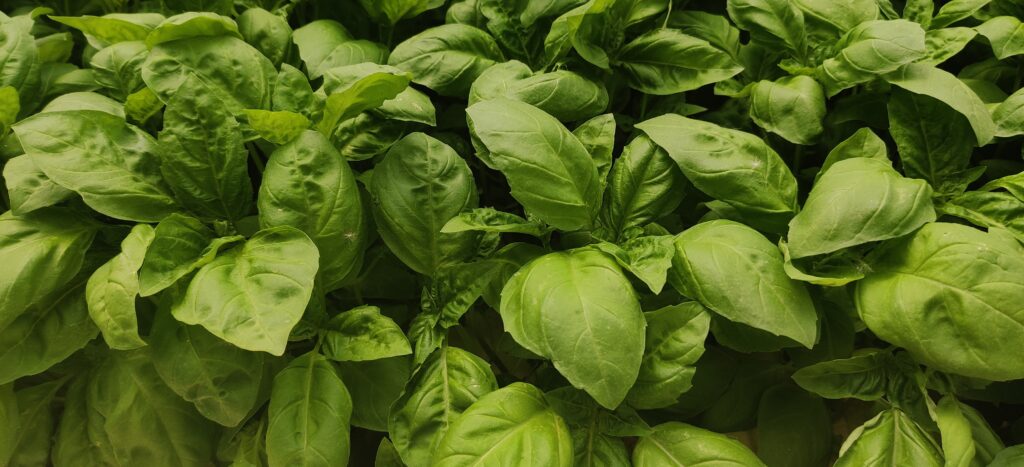
Leafy greens and herbs like this basil grow great in a hydroponic system.
Insect Control
When it comes to insect control, managing insects becomes more challenging in aquaponics. Pests like spider mites, aphids, and thrips can be problematic in aquaponic systems, since it’s a living ecosystem, and it necessitates the use of non-chemical methods to prevent harm to the fish. Because hydroponic systems are highly controlled, pest management is much easier.
Economic Scalability
In terms of scalability, both aquaponics and hydroponics can be expanded to larger systems. However, aquaponics may face limitations in terms of fish stocking densities and nutrient balance as the system grows.
Ready to Go Soilless? Hydronov is Your Solution!
Both aquaponics and hydroponics offer sustainable and efficient alternatives to traditional soil-based farming. However, if you’re looking for a cultivation technique that gives you greater control over nutrient delivery, increased crop yield, improved quality, and water conservation, then hydroponics may be the right choice for you. With hydroponics, you can eliminate the risk of soil-borne pests and diseases, enjoy year-round cultivation, and experience faster growth due to the consistent availability of nutrients.
Take the next step towards sustainable farming by exploring the benefits of hydroponics today. Reach out to our team to learn more about hydroponic systems and how our state-of-the-art hydroponic technology can revolutionize your agricultural practices. Start growing your future with hydroponics and see the incredible results for yourself.


